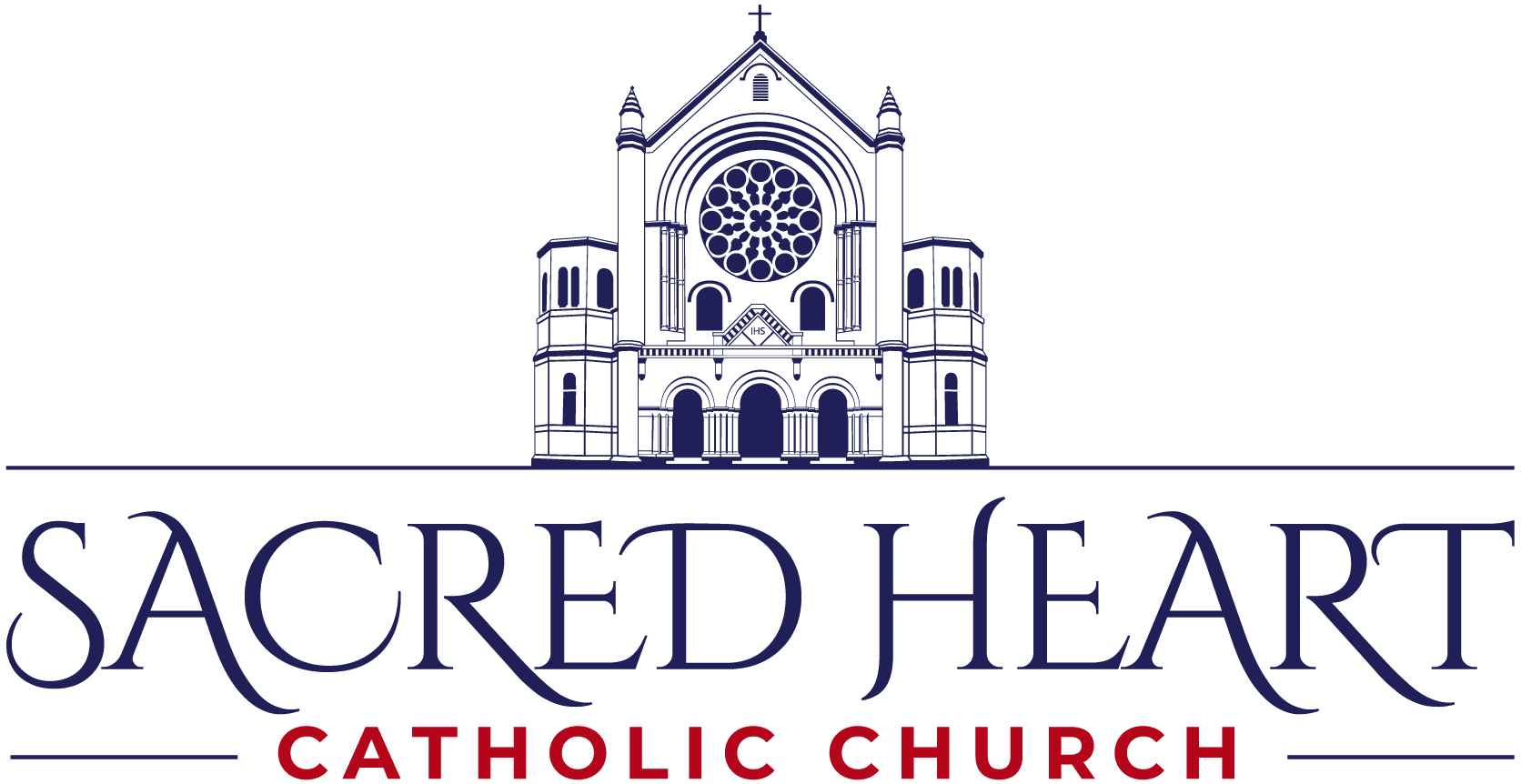Traditions
The season is known for its many traditional ways of celebration in the liturgical and the home setting. A few of these are described below…
Readings
The theme of readings and teachings during Advent is often to prepare for the Second Coming, while also commemorating the First Coming of Christ at Christmas. With the view of directing the thoughts of Christians to the first coming of Jesus Christ as Savior, and to his second coming as Judge, special readings are prescribed for each of the four Sundays in Advent. Additional information about Advent readings, commentaries on the gospel, and other Advent resources are available here.
Vestments and Colors
A darker purple (sometimes called “Royal Purple”) is used, whereas in Lent the color is often a reddish purple (“Roman Purple”). This shade is used for the hangings around the church, on the vestments of the clergy, and usually the Tabernacle. On the Third Sunday of Advent, Gaudete Sunday, rose pink may be used instead, since this Sunday takes on a more joyous tone.
Advent Wreath
Many churches make use of Advent wreaths during this season, with one candle representing each of the four Sundays preceding Christmas. The pink candle is lit on Gaudete Sunday.
Gather your family together to light your Advent wreath, record a video of you and your family celebrating this tradition and share your video with Sacred Heart. Information on how to share your video and download prayers can be found here.
Advent Calendar
The Advent season is a time of preparation and one of the many devotions including an Advent Calendar, which helps a person fully enter into the season with daily activity and prayer suggestions to prepare oneself spiritually for the birth of Jesus.
O Antiphons
The “Late Advent Weekdays” or December 17th – 24th, marks the singing of the Great Advent “O Antiphons.” These are the antiphons for the Magnificat at Vespers, or Evening Prayer each day, and mark the forthcoming birth of the Messiah. They form the basis for each verse of the popular Advent hymn, “O come, O come, Emmanuel.”
The O Antiphons are antiphons used at daily prayer in the evenings of the last days of Advent in various liturgical Christian traditions. Each antiphon is a name of Christ, one of his attributes mentioned in Scripture. They are:
– December 17: O Sapientia (O Wisdom)
– December 18: O Adonai (O Adonai)
– December 19: O Radix Jesse (O Root of Jesse)
– December 20: O Clavis David (O Key of David)
– December 21: O Oriens (O Morning Star)
– December 22: O Rex Gentium (O King of the nations)
– December 23: O Emmanuel (O Emmanuel)
The exact origin of the “O Antiphons” is not known. References exist from the 5th century, thereby suggesting their presence at that time. By the eighth century, they are in use in the liturgical celebrations in Rome. One may thereby conclude that in some fashion the “O Antiphons” have been part of our liturgical tradition since the very early Church.
The Benedictine monks arranged these antiphons with a definite purpose. If one starts with the last title and takes the first letter of each one—Emmanuel, Rex, Oriens, Clavis, Radix, Adonai, Sapientia—the Latin words ero cras are formed, meaning, “Tomorrow, I will come”. Therefore Jesus, whose coming Christians have prepared for in Advent and whom they have addressed in these seven Messianic titles, now speaks to them: “Tomorrow, I will come.” So the “O Antiphons” not only bring intensity to their Advent preparation but bring it to a joyful conclusion.
Fasting
From the 4th century, the season was kept as a period of fasting as strict as that of Lent (commencing in some localities on 11 November; this being the feast day of St. Martin of Tours, the fast became known as “St. Martin’s Fast,” “St. Martin’s Lent” or “the forty days of St. Martin”). The feast day was in many countries a time of frolic and heavy eating, since the 40-day fast began the next day. In the Anglican and Lutheran churches this fasting rule was later relaxed, with the Roman Catholic Church doing likewise later, but still keeping Advent as a season of penitence. In addition to fasting, dancing and similar festivities were forbidden.
What is the purpose of fasting? Fasting with humility and repentance is believed to enable one to draw closer to God by denying the body worldly pleasure. Although the fast influences the body, the emphasis is placed on the spiritual facet of the fast rather than physical deprivation. Orthodox theology sees a synthesis between the body and the soul, so what happens to one affects the other. The church teaches that it is not enough to fast from food; one must also fast from anger, greed and covetousness. In addition to fasting, almsgiving is also emphasized.





